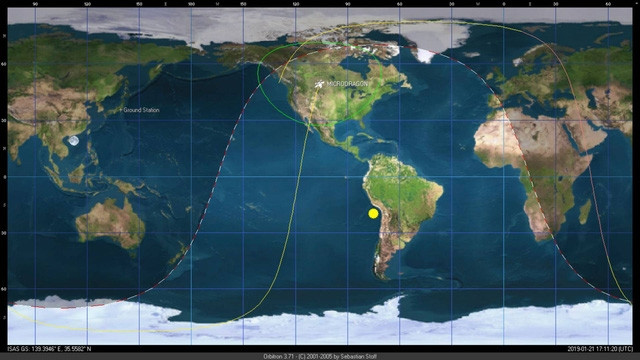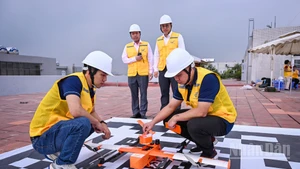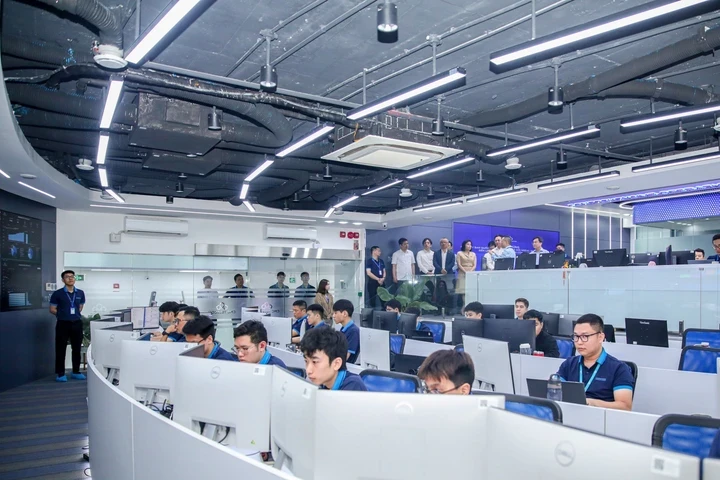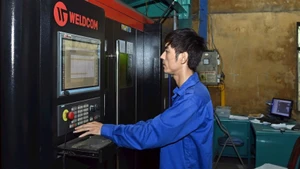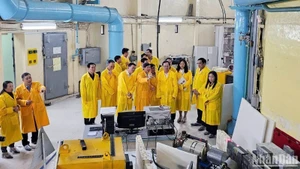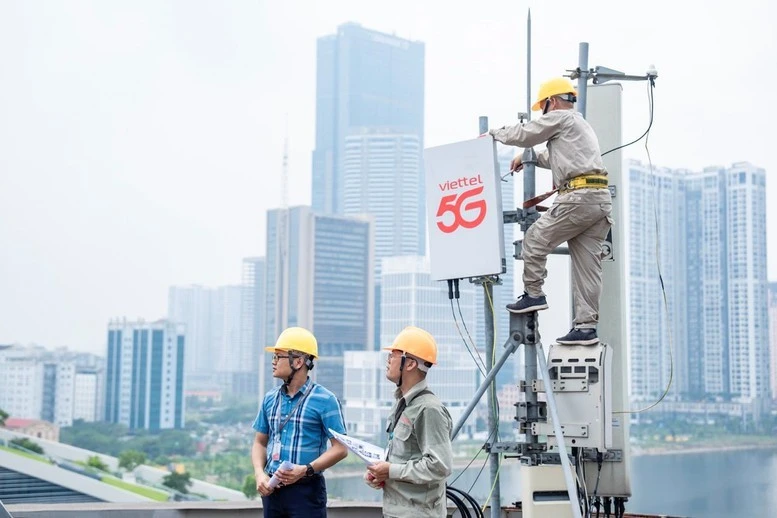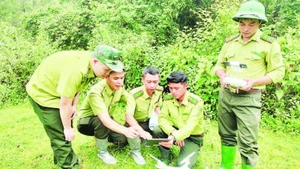The satellite took images of Australia’s waters at an altitude of about 512 km at 6:30am the same day. Earlier, it captured photos of the US at 0:11am, January 22.
The photos were monochromatic images, showing the satellite’s success in taking photos, although alternations are still needed to improve image quality.
All of the satellite’s cameras and the whole system will be gradually adjusted to determine its optimal parameters. The activities will be carried out by the VNSC and members of the centre who are working in Japan’s University of Tokyo for the next three months.
MicroDragon was launched into space in Japan at 9:50 am on January 18 (local time).
The satellite was developed by 36 Vietnamese engineers from the VNSC, who were sent to study space technology in top Japanese universities. The group began manufacturing the satellite in 2013 and completed and tested it in 2017.
MicroDragon is designed to monitor the quality of water in coastal areas, locate fishery resources and observe changes in the ocean to assist Vietnamese aquaculture. It will also help exchange data with other nations to enhance capacity to respond to climate change and natural disasters.
